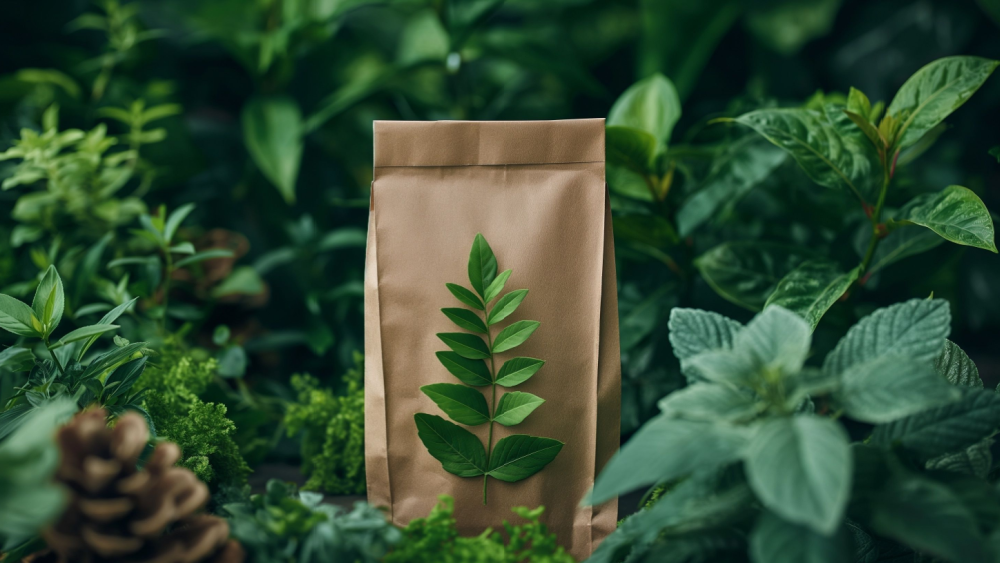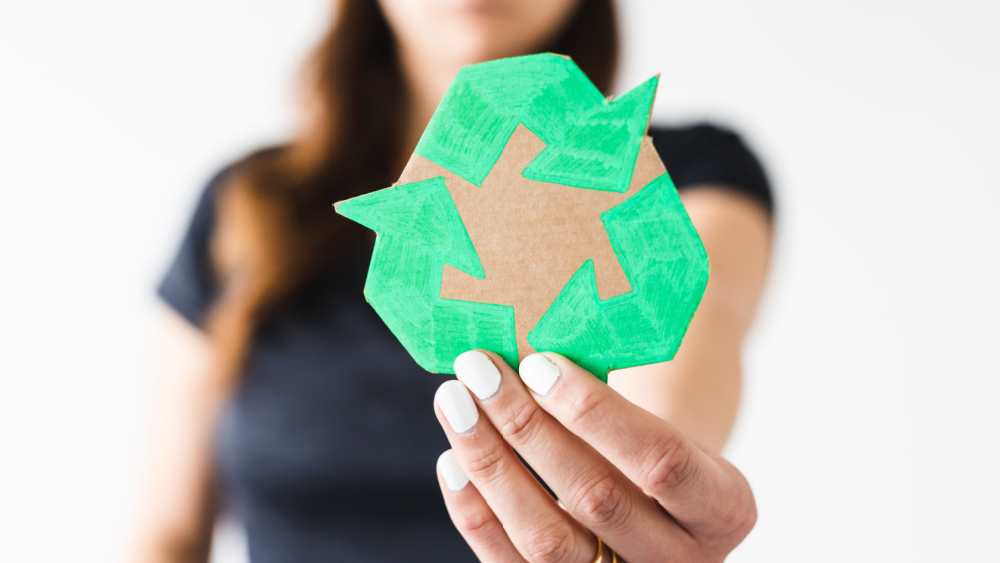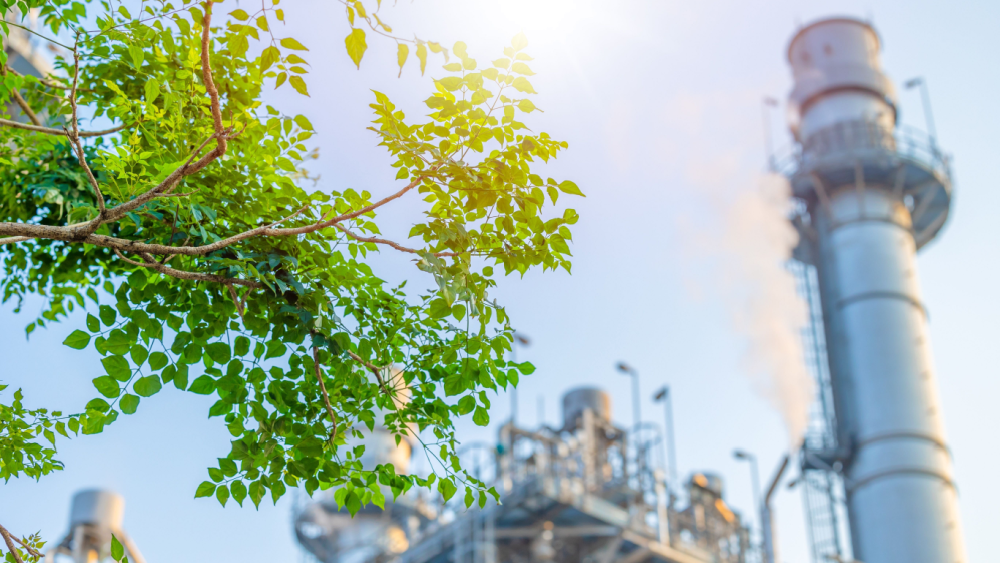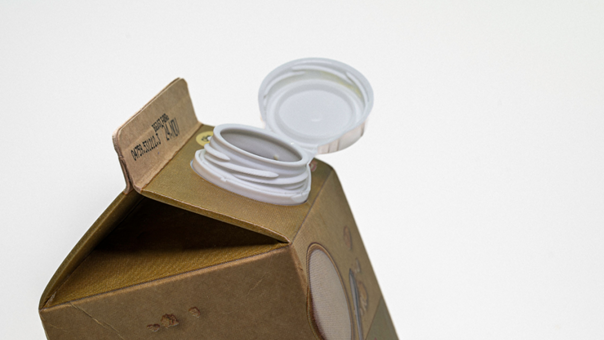Achieving sustainable packaging involves more than just implementing a few green measures with vague effects. Truly caring for the environment requires smart choices about design and procurement, which can effectively help reduce your environmental footprint.
Packaging optimization isn’t just about reducing material use; it’s a continuous process that should cover every aspect of the value chain. This means your packaging should provide enough protection using minimal resources, have a low environmental impact, and offer high recyclability.
By performing thorough assessments of all links in the value chain, you can make greener choices early on, particularly during the design and purchasing phases. Here are three steps to help you succeed with sustainable packaging.
1. Reduce emissions with short-haul packaging
Transport plays a key role in emissions and energy consumption. In India, road transport accounts for 12% of the total CO2 emissions. Choosing a national supplier for packaging and labels can help reduce transport-related emissions.
Additionally, if the product is Indian, why not use locally produced packaging and labels? This way, you get an excellent opportunity to market a holistic, sustainable mindset along with your product and help maintain Indian jobs at the same time.
Strict environmental demands and requirements, nationally and internationally, affect the development of packaging and labelling solutions. A local supplier knows these demands in detail and should be able to offer innovative and sustainable solutions for your product. Find out more about how Skanem India can optimize logistics.
2. Choose materials that boost recycling rates
To fully integrate into the circular economy, packaging must be designed with recycling in mind. This also applies to labels, where small decisions can make a big difference in the recyclability rate.
Where possible, packaging and labels should be made from the same type of material. A mismatch of materials, like different types of plastics or plastic paired with paper labels, can make recycling difficult or even impossible. Monomaterial packaging – where both the package and label are made from the same material – simplifies sorting and increases recycling rates.
For instance, with the launch of the 'World Without Waste' strategy in 2018, The Coca-Cola Company exchanged its full-shrink sleeve labels for part-shrink sleeve labels. They can be removed more easily from the product, which makes the recycling process smoother and more efficient.
Read more: Rethinking packaging in the circular economy
3. Choose a label design that makes recycling easier

Recyclability isn’t only about materials; it also involves the design of the label itself. The properties of a label's adhesive or size can cause recyclable products to go to waste. If the label and packaging are made up of different materials, there are several measures you can and should take to ensure that the product is correctly sorted and recycled:
- First, it is essential that the label isn't too large. This is to avoid unnecessary material usage on the packaging and applies to various kinds of materials. A local label manufacturer can help you determine the correct label size for your specific product.
- Secondly, where necessary, the label must be easily distinguished from the packaging intended for the deposit scheme. With labels too firmly attached to the substrate, the entire packaging product may be read as something other than what it is and, therefore, be sorted out of the recycling cycle.
- Lastly, juice bottles should have water-soluble labels. Without one, the product might never end up on a store shelf again because it was misread and sorted for incineration instead. Usually, plastic bottles can be recycled 2-3 times or more if 'virgin' plastic is added. Prohibiting this possibility also prohibits the reusing of plastic bottles.
Using eco-friendly adhesives and ensuring labels are easy to remove from containers can make a big difference in recycling success.
Read more: Paper vs. Plastic: Which labelling option is more sustainable?
Many brands are shifting toward sustainable label printing techniques that reduce waste and emissions. At Skanem India, we work closely with brands to ensure their packaging is as sustainable as possible while maintaining quality and functionality.
Whether you’re looking to reduce emissions through local sourcing, design for recyclability, or choose eco-friendly label materials, contact us to learn more about how we can help you.






